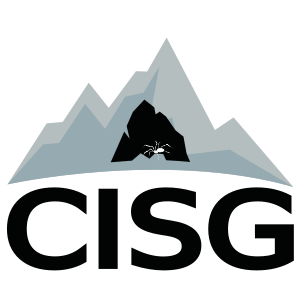
Due to the complexity of research on the subterranean realm, mostly due to difficult access, much is still unknown about the diversity and biology of subterranean invertebrates. The current knowledge already proves that it holds a significant part of the world`s biodiversity, most importantly by its endemic component.
Still, its biodiversity is undervalued or even omitted in scientific studies which feed Environmental Impact Assessments (EIA), Biodiversity Management Plans (BMP), land use plans and international and national policies and regulations. Lack of available data prevents quality desk studies, meaning most cases require a biodiversity research focusing on recording species, assessing the habitat and imminent and potential threats. Because of its high biodiversity and endemism, studies often involve descriptions of new species. The low number of available experts and the amount of time required for the above, means the studies are time-consuming, even for basic inventory data.
In this context, CISG focus for the coming years on habitats that turn out to be especially threatened and where risks of species extinctions are high.
